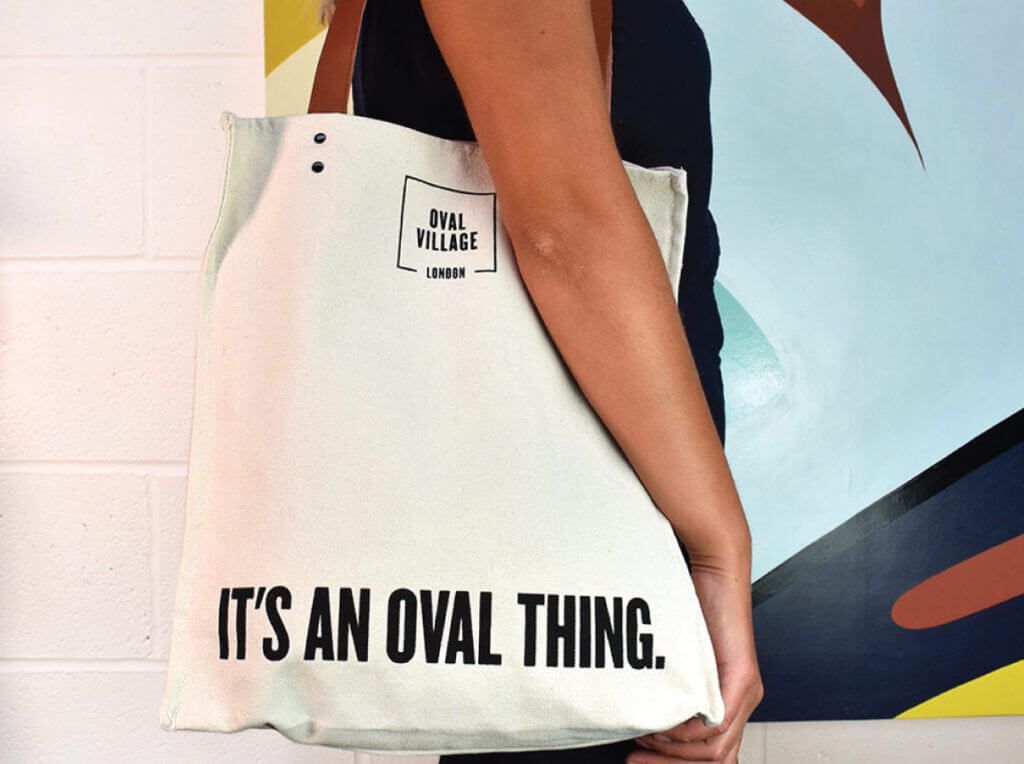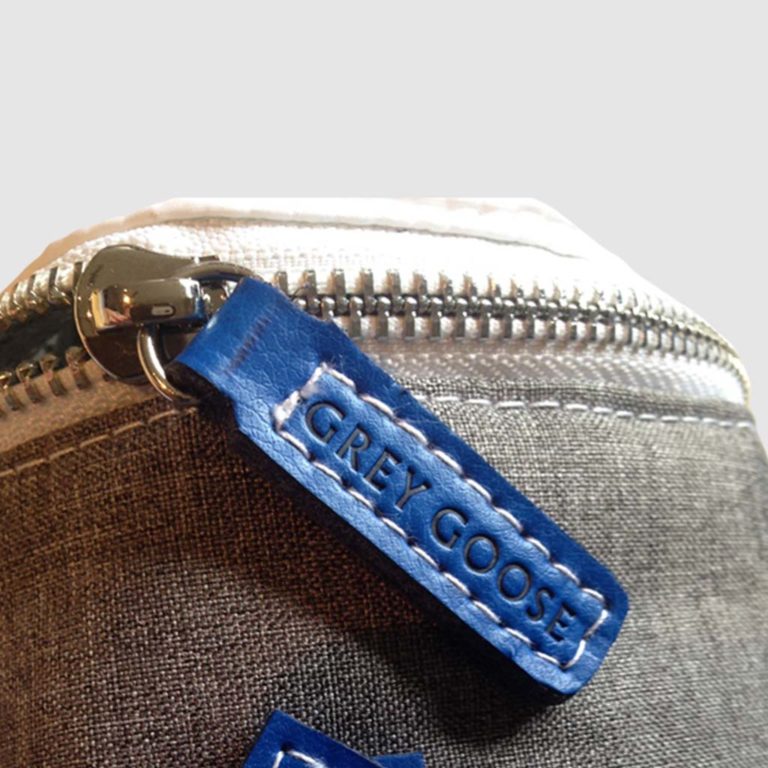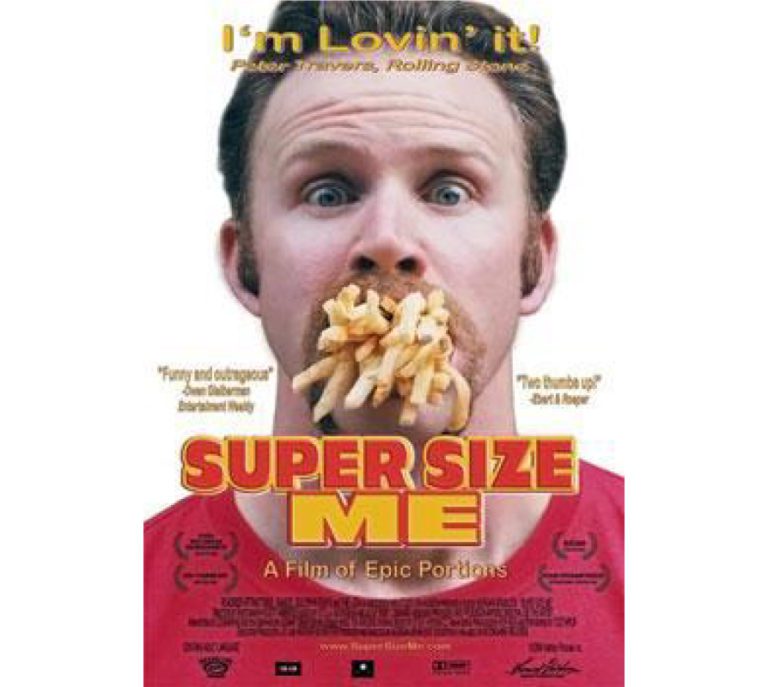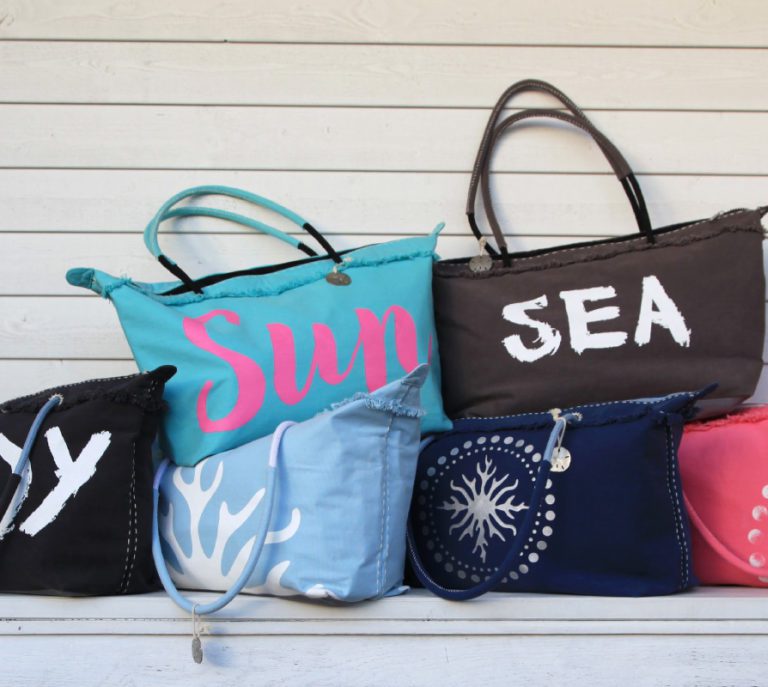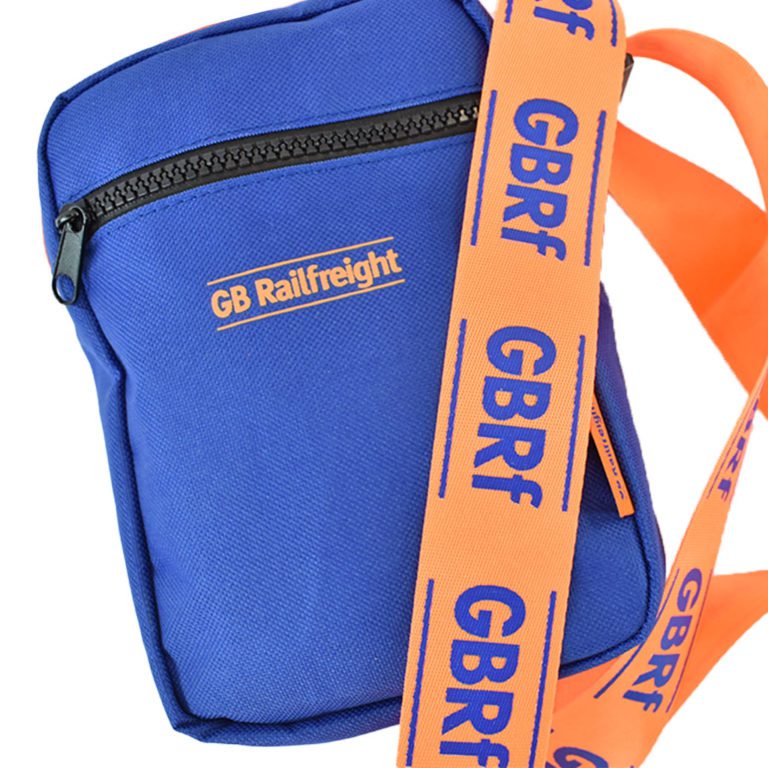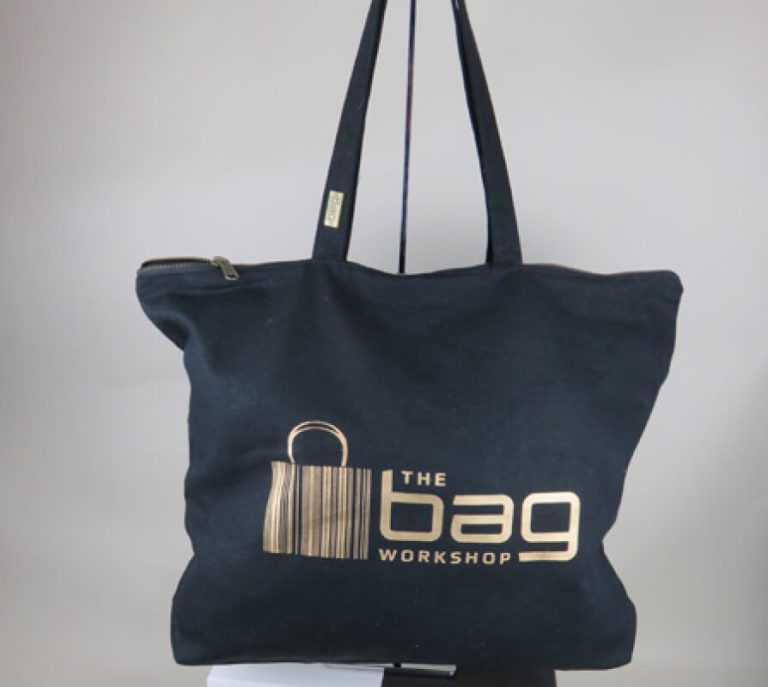The Future of Event Marketing
In a world of social media and teleconferences, face to face meetings may seem anachronistic. But digital is not the exponentially growing channel it used to be. Major social platforms like Facebook have reached maturity and Snapchat users are declining for the first time in years. What’s more, ad blocking software is fast becoming common in the UK, with more than 22% of the online population already using some sort of tool to block ads.
To recapture customer interest, many marketers are turning back to traditional marketing methods like live events and physical trade shows. A majority think live events are crucial to their marketing mix in fact, with 31% believing it’s the single most important channel.
While it’s true that tech is partly to blame for consumers getting marketing fatigue, it will play a vital role in the future of event marketing, enabling businesses to forge valuable and meaningful connections with customers.
Trends and Forecasts
Invites will get more relevant
The average person uses so many apps that notifications have become relentless. Many users simply choose to opt-out. But notifications are still powerful marketing tools, when used judiciously.
The tech is especially useful for event marketers. Trade shows started with marketers handing out product samples to any passerby. Notifications, similar to flyers and brochures, get information out to customers. But unlike papers that end up collecting dust on some desk, notifications can be targeted for relevancy.
Notifications can take event marketers closer to attendees, targeting by interest. For instance, beacons can alert fitness enthusiasts about health conferences or organic fairs happening in their proximity. The tech is already chirruping away for some venues. In the US, the National Guard uses Apple’s iBeacons to send citizens invites to nearby events.
Reach and attendance will go beyond physical venues
Apple’s Keynotes attract millions of digital eyeballs. Google streamed their Google Marketing Live event for the first time last May. In the near future, thanks to a multitude of streaming platforms and 5G connectivity, even small or medium trade shows and events will be able to reliably reach remote customers.
Screens will be no barrier to interaction. Businesses can hold question and answer panels and entertain questions from both live and remote audience. VR tech can allow people at home and those at the venue to have similar product sampling experiences.
Brands can personalise at scale
Events will become bespoke experiences. The wealth of user data available will enable event marketers and businesses to customise events based on needs–from a person’s preferred type of coffee, to which topics they want to hear about.
Scheduling apps can automatically sign users up for talks they want to attend. A digital, interactive map can direct people to booths based on pre-selected interests. Attendees don’t waste time going around checking every booth, and marketers can increase revenue by focusing on people who are more likely to convert.
The growth of more targeted product samples
The first recorded instance of event marketing was Coca Cola’s product sampling campaign in 1886. “We believe we invented the concept of the coupon,” says Ted Ryan, Coca Cola’s archives manager. The company sent hundreds of free coupons to encourage people to head to their nearest soda fountain and try the drink. Back then, Coke competed amongst 86 other flavours. Just four years later, Coca Cola was available nationwide.
In today’s global marketplace the challenges are very different. Targeting the right people with the right product samples, through the right channels is a massive challenge. Advancements in areas like 3D printing and VR/AR tech will enhance the quality of samples, whilst compact yet powerful 3D printers could design, create, and print personalised souvenirs within seconds. Gone will be the days of excessively long lead times from suppliers and dull designs.
Highly immersive venues
Future event locations will truly distort the lines between physical and digital. Customers will walk into venues ushered in by holographic, AI-enabled ushers. Fashion and makeup retailers can allow thousands of attendees to try on products without using testers thanks to AR tech.
Attendees of video game expos already live in the future. Blizzard, one of the giants of the gaming industry, hold events that show every industry the promise of AR/VR tech. The developer’s latest campaign to promote “skins” — digital costumes players buy with real cash — used AR tech to bring characters from the game to life, who then danced alongside human singers in front of a live audience of thousands. The official YouTube video of the performance has been watched over 23 million times.
Challenges
A few but significant hurdles still stand between the event marketing industry today and its future. Most are related to technology – unsurprising, since organisers will heavily rely on tech to seamlessly pull off tomorrow’s events. Below are some challenges the industry faces before we step into the next era of event marketing:
Bandwidth woes
Businesses will need considerable bandwidth to support tech-powered events. 4K videos have quadruple the information you see from HD footage. Currently, there are no reliable ways to compress and deliver this volume of data without encountering considerable latency issues, which will affect customer experience.
VR demonstrations will need to be powered by high speed internet connection—from both exhibitor and attendees, if they’re watching remotely. A simple 720p VR video needs a minimum of 50mbps to run reliably. Any less and the resulting lag may cause sickness and nausea. The internet speed of the average Brit at home is only 46Mbps.
Data Privacy
Contact details, emails, credit card numbers—today’s events already hold a considerable wealth of personal data. Future events that collect more sensitive data like preferences and interests will only add to an already tempting trove for cybercriminals.
Businesses and event planners need to ensure that all the software and apps they use are safe—a daunting task even for experienced organisers. One attendee of a major information security show in London was able to hack and steal registrants’ contact info from one of the apps the event organisers gave exhibitors.
Metrics and planning
Marketers, especially those new to event planning, may have a hard time tracking ROI beyond closed deals and sales. Engagement is particularly tricky to measure, especially if conversions happen days, weeks, or even months after the event. Marketers will need to find a suitable metric to avoid over or under budgeting.
The events of the future will be impressive—and they will require even more notable feats of forethought. Fortunately, tech also promises to make planning more efficient in the future. For instance, planners can use VR to canvas multiple venues without leaving their office.
The event of the future will be more personalised, but less exclusive. Technology will allow events to stretch their reach outside venues—tapping both nearby customers and those from the other end of the globe.

